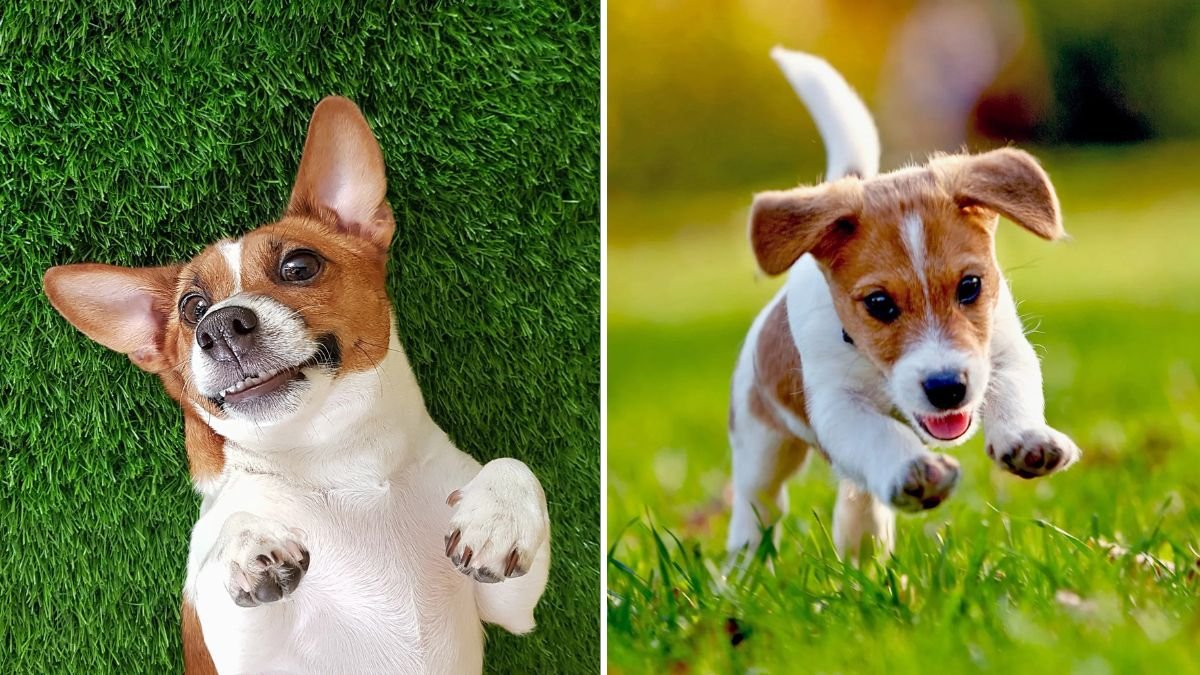Pets bring endless joy to our lives, but they can also bring some challenges to our lawns. From digging holes to leaving brown patches, maintaining a lush, green yard with pets around often feels like a losing battle. Fortunately, with the right strategies, it’s entirely possible to have both—a happy pet and a healthy lawn.
Here’s a detailed guide on how to keep your grass thriving while accommodating the needs and habits of your furry companions.
1. Understand the Common Lawn Problems Pets Cause
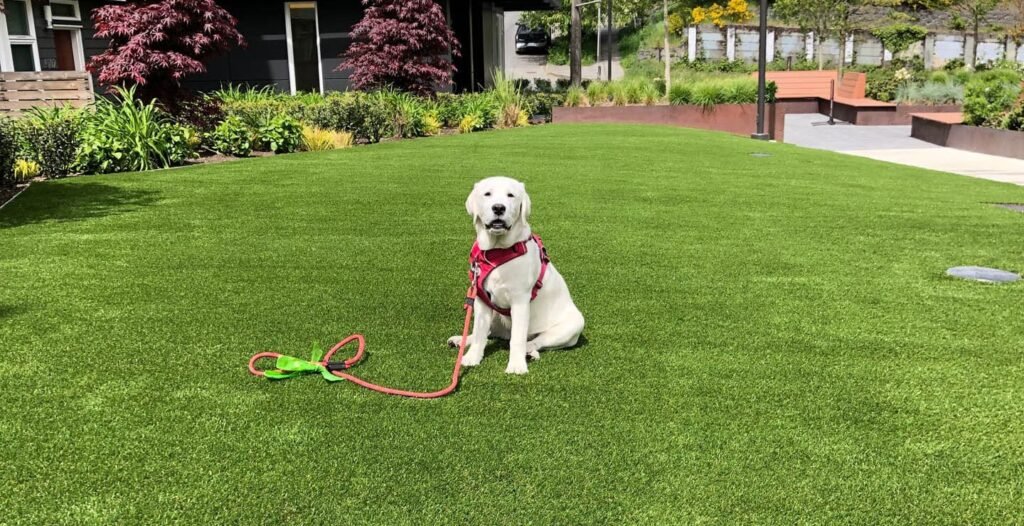
Before you can solve lawn issues, it helps to understand why they happen:
- Urine Spots: Dog urine contains high levels of nitrogen, which in small amounts acts like fertilizer but in concentrated amounts causes brown, dead patches.
- Digging: Some dogs instinctively dig, either to cool off, chase scents, or burn off energy. Cats may also scratch patches of grass.
- Traffic Damage: Pets love to run along the same paths, which compacts soil and wears down grass.
- Feces: Pet waste left on grass not only looks unsightly but can also contribute to lawn burn and soil imbalance.
2. Train Your Pet to Use Designated Areas
One of the most effective ways to protect your lawn is to train pets to relieve themselves or play in certain zones.
- Create a potty spot: Use mulch, gravel, or artificial turf in a low-traffic corner of the yard. Reward pets for using it consistently.
- Install pathways: For dogs that love to run laps, install stone or gravel paths to reduce wear and tear on grass.
- Fence off sensitive areas: Temporary fencing can protect newly seeded spots or delicate plants.
Pro Tip: Adding shrubs or ornamental grasses around designated pet areas can help camouflage them while still keeping your lawn attractive.
3. Choose Pet-Friendly, Durable Grass Varieties
Not all grasses are equal when it comes to pet traffic and damage. Selecting tougher varieties can make a big difference.
- Cool-season lawns: Perennial ryegrass and tall fescue are known for quick recovery and durability.
- Warm-season lawns: Bermuda grass and zoysia grass tolerate wear and bounce back quickly.
- Mixed lawns: Combining varieties can improve resilience and reduce the appearance of damage.
Why it helps: These grasses can withstand digging, foot traffic, and occasional pet waste better than more delicate varieties.
4. Water and Dilute Urine Spots
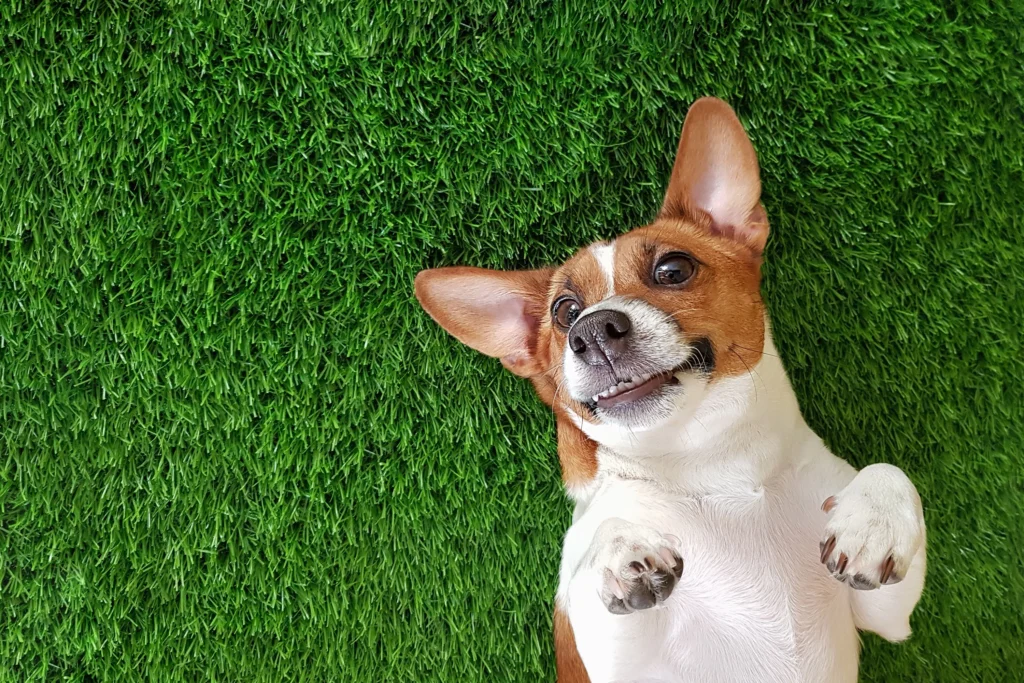
Dog urine burns grass because of its concentrated nitrogen and salts. Diluting these areas immediately can prevent brown patches.
- Hose down the area: After your dog urinates, spray the spot with water to disperse nitrogen.
- Encourage hydration: A well-hydrated dog produces more diluted urine, which is less damaging to lawns.
- Feed a balanced diet: Avoid feeding pets too much protein, which increases nitrogen levels in urine.
Pro Tip: Some pet supplements claim to neutralize lawn burn, but always consult your vet before giving them to your pet.
5. Repair Damage Quickly
Don’t wait for small patches to spread. Address them promptly:
- Rake out dead grass and loosen the soil.
- Add a thin layer of compost or topsoil.
- Reseed with the same grass variety as your lawn.
- Keep the area moist until new seedlings establish.
For heavy traffic zones, you may need to reseed or resod yearly to maintain a lush look.
6. Provide Entertainment to Reduce Digging
Dogs often dig out of boredom or instinct. To protect your lawn:
- Designate a digging zone: Fill a sandbox or dirt patch where digging is allowed. Bury toys or treats to encourage use.
- Provide exercise: Regular walks and play sessions reduce pent-up energy.
- Use deterrents: Citrus peels, safe sprays, or chicken wire under the soil can discourage digging in specific areas.
7. Pick Safe Lawn Care Products
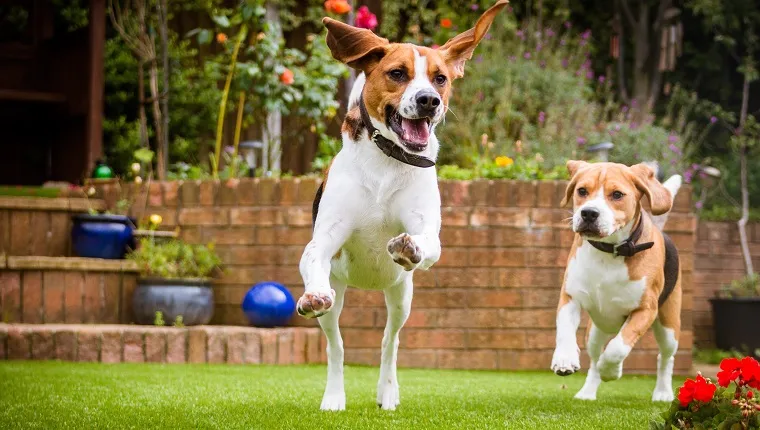
Many lawn fertilizers, pesticides, and herbicides can harm pets. Always choose pet-friendly products.
- Organic fertilizers: Compost, bone meal, or fish emulsion enrich soil safely.
- Natural weed control: Corn gluten meal helps suppress weeds without chemicals.
- Avoid toxic chemicals: Check labels carefully; many conventional products require pets to stay off the grass for hours or days.
Why it matters: A healthy lawn shouldn’t come at the cost of your pet’s health.
8. Prevent Soil Compaction From Traffic
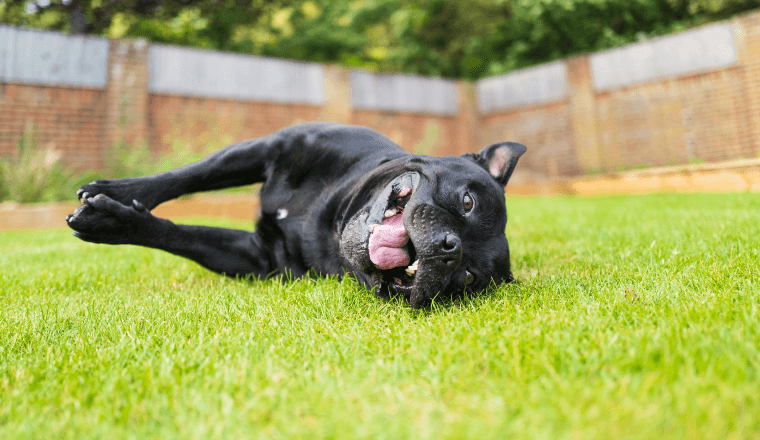
When pets repeatedly run in the same areas, soil becomes compacted, making it hard for grass to grow.
- Aerate your lawn once or twice a year to relieve compaction.
- Add mulch or gravel paths in high-traffic zones.
- Rotate toys and play areas to encourage pets to use different sections of the yard.
9. Regular Lawn Maintenance
Keeping up with routine lawn care will help grass recover faster from pet-related stress.
- Mow high: Taller grass shades soil, retains moisture, and reduces weed competition.
- Water deeply and infrequently: Helps roots grow stronger and more resilient.
- Fertilize moderately: Too much nitrogen (even from natural sources) can worsen urine burn.
10. Balance Lawn Health With Pet Happiness
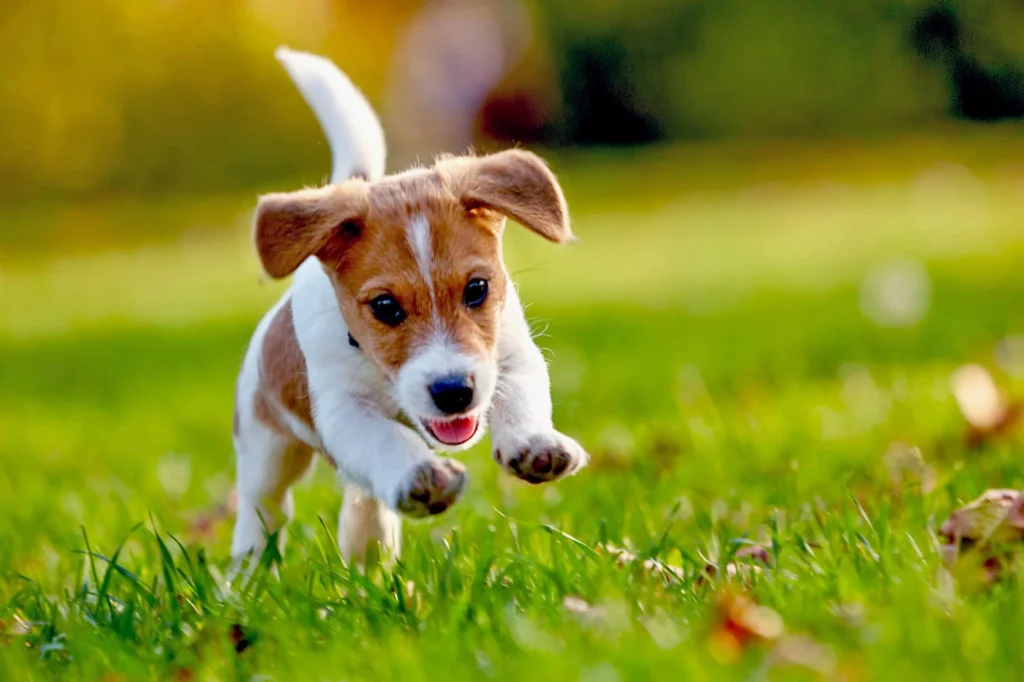
At the end of the day, a perfect lawn may not be realistic when you share it with pets—but a beautiful, functional lawn is entirely possible. The key is finding a balance:
- Accept a few imperfections as part of a pet-friendly yard.
- Focus on creating safe, designated spaces for pets.
- Support lawn recovery with smart grass choices, reseeding, and regular care.
Final Thoughts
Pets and lawns don’t have to be enemies. By training pets, choosing resilient grasses, diluting urine spots, repairing damage promptly, and using safe lawn care practices, you can enjoy a yard that’s both lush and pet-friendly.
A healthy lawn isn’t about perfection—it’s about creating a durable, safe space where your pets can play and your grass can thrive side by side.
